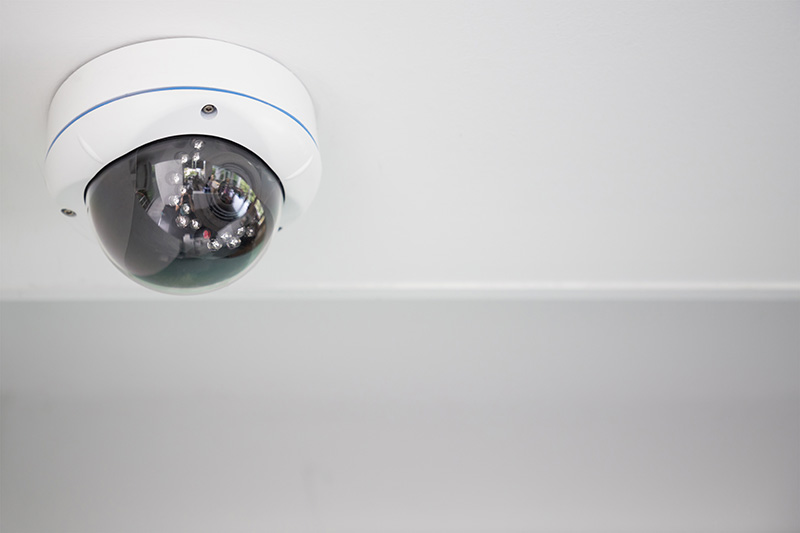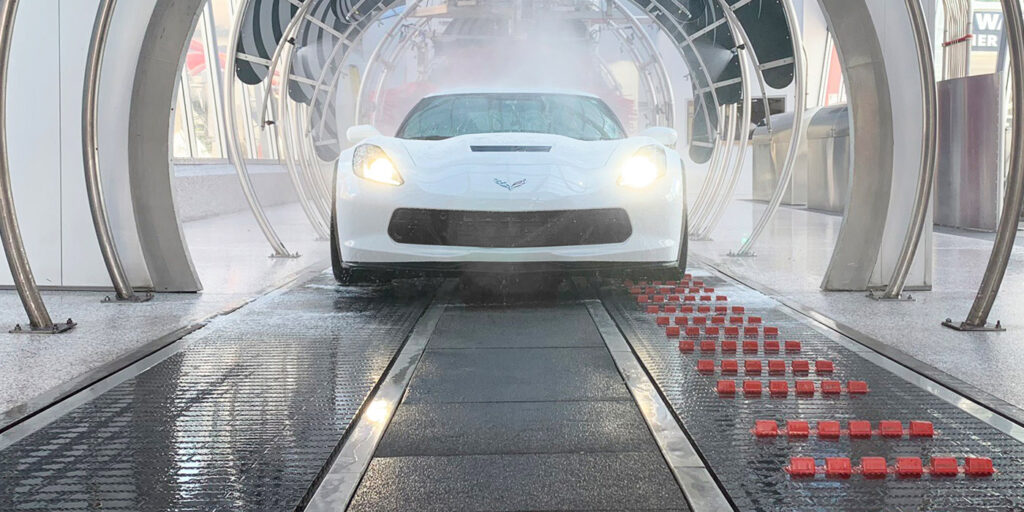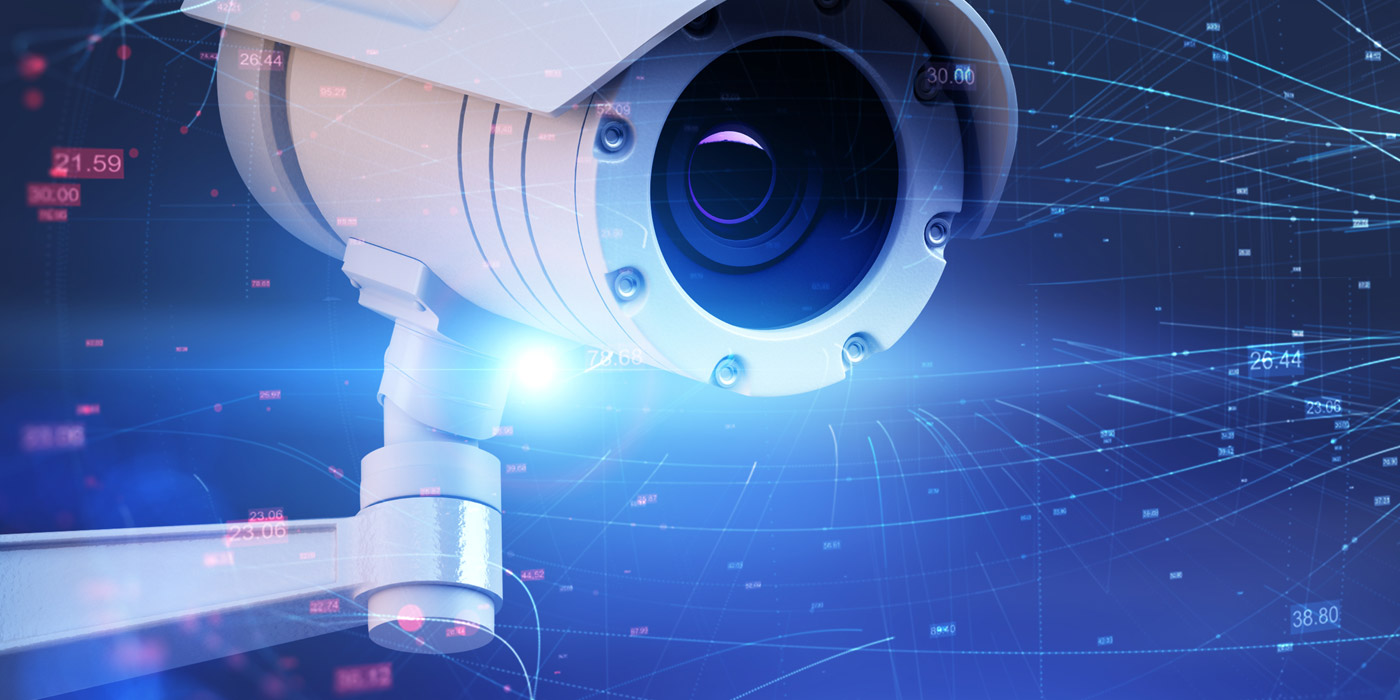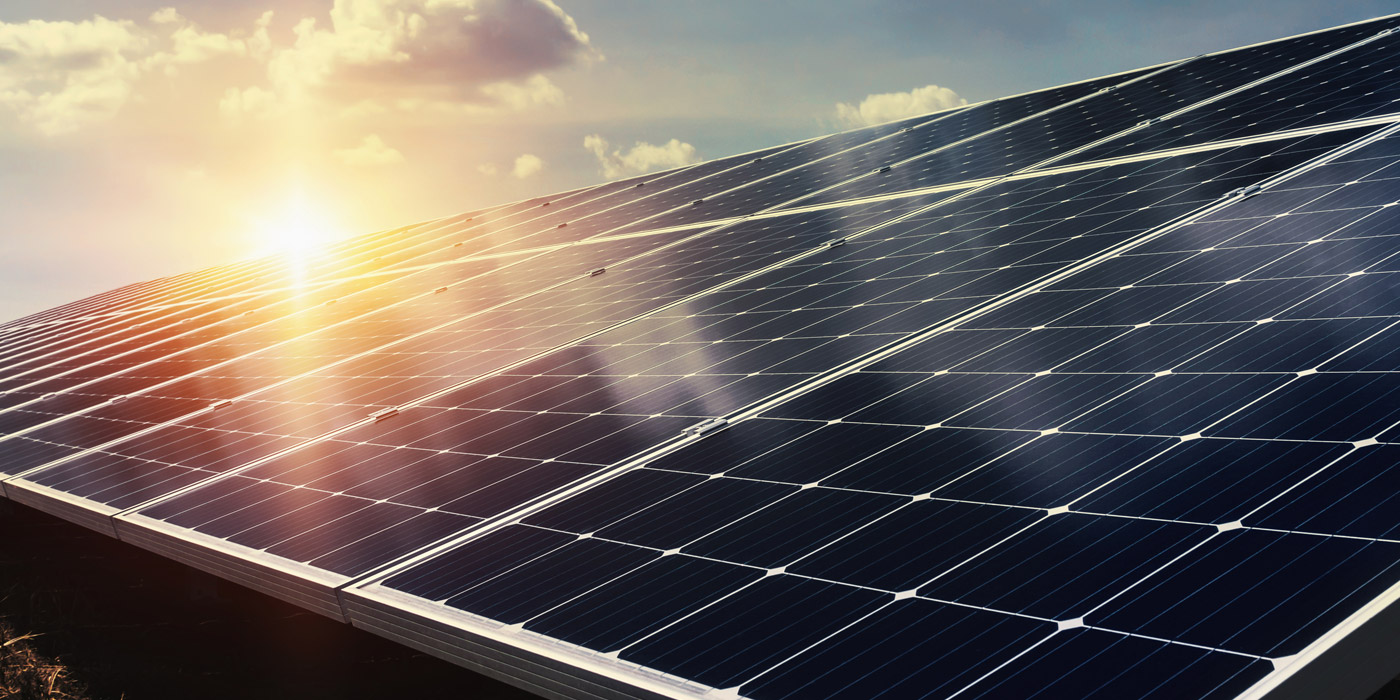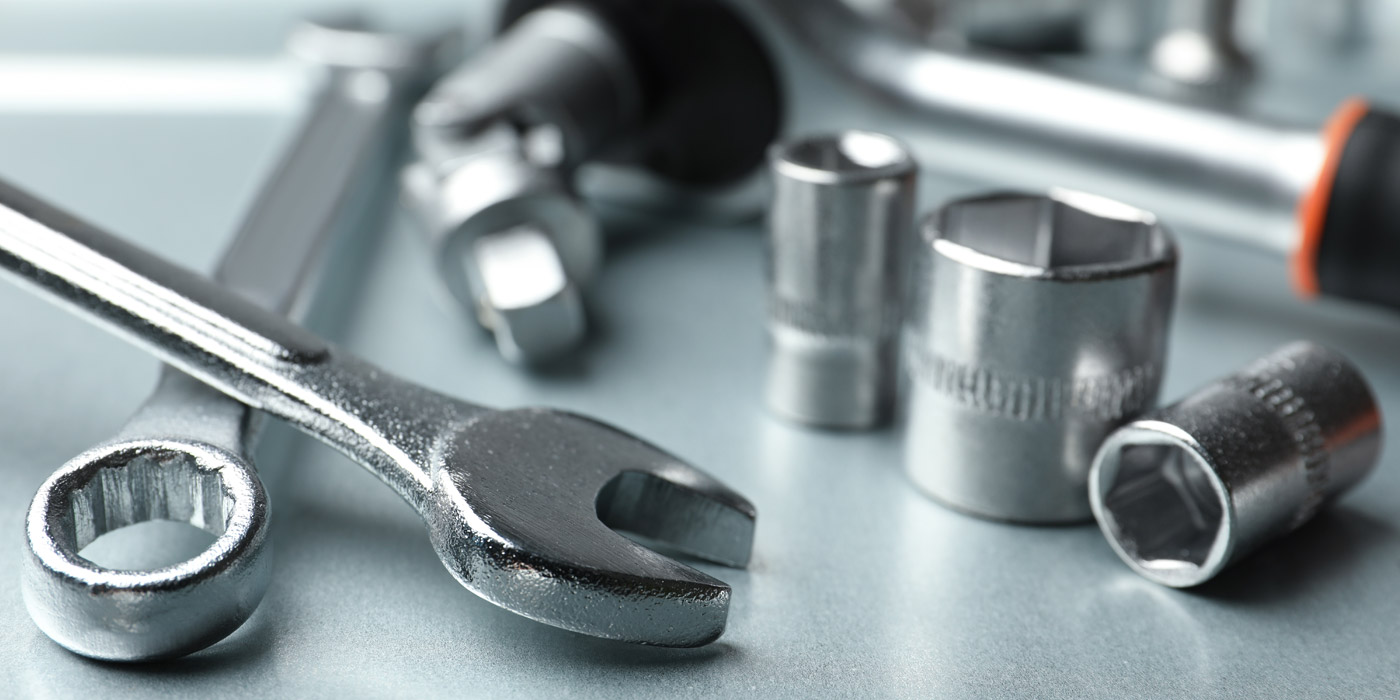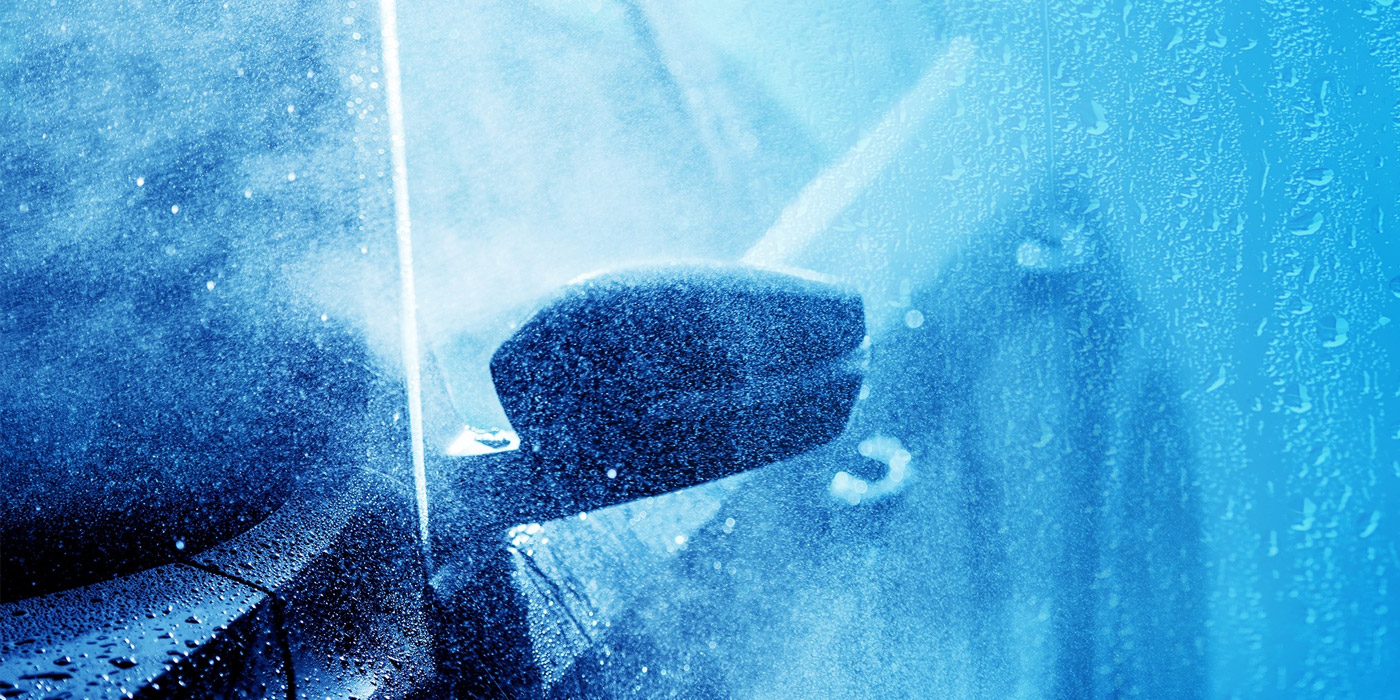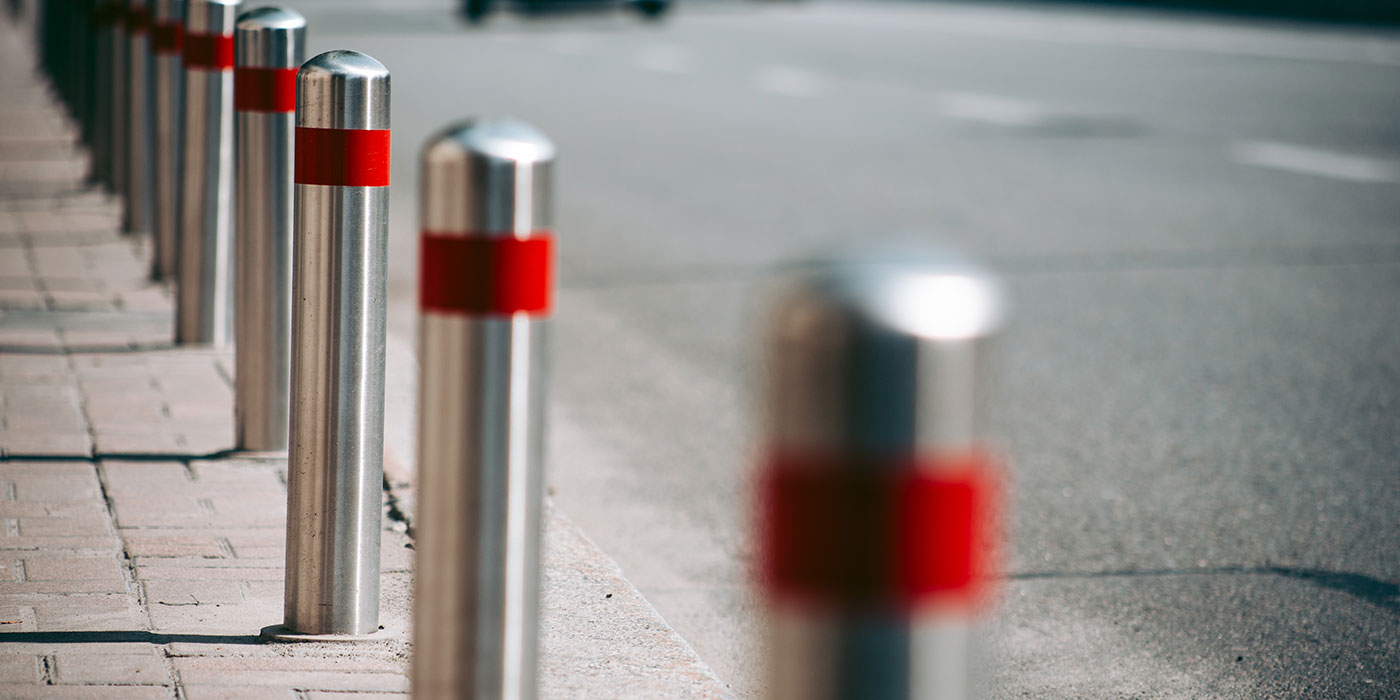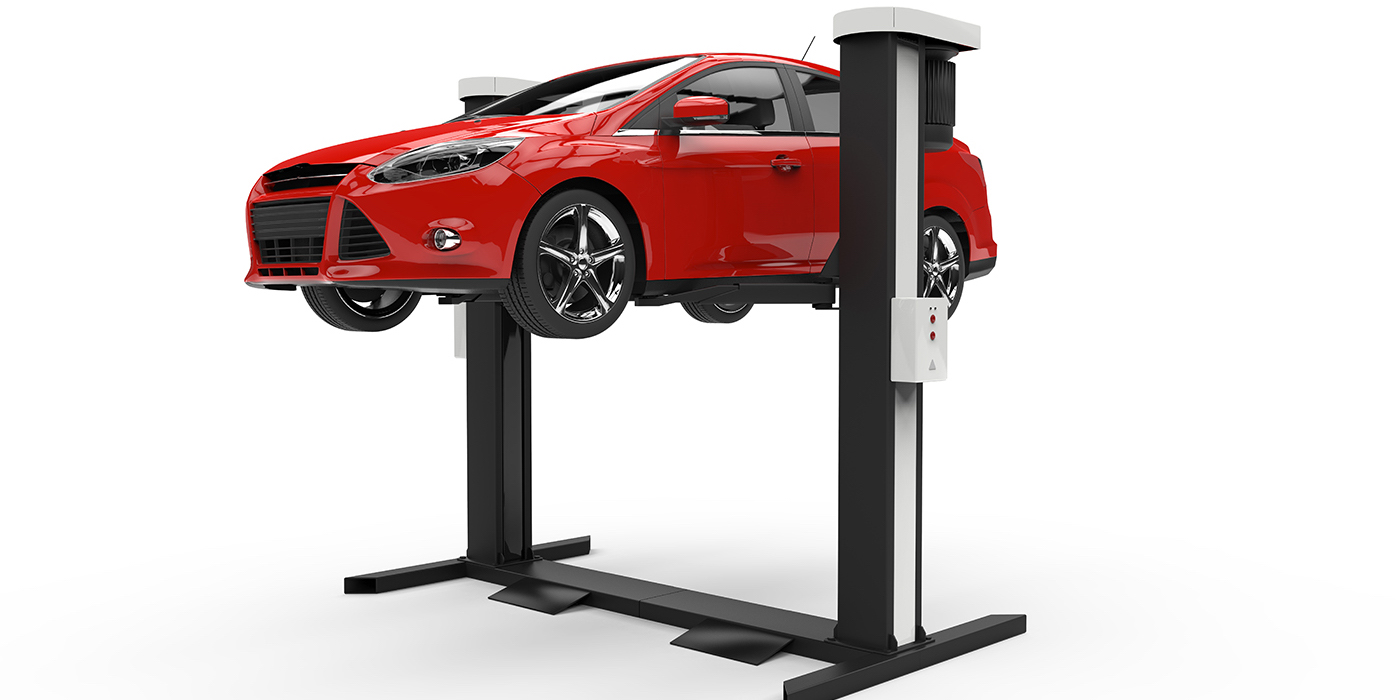Today, there are many technology components that experienced carwash operators can leverage to keep customers secure and safe before, during and after the wash cycle. In fact, preventing security issues and ensuring customer safety are integral steps that every wash owner must take to protect overall business profitability. A modern and multifaceted safety strategy should include many steps encompassing security enhancements, audio and visual equipment as well as payment security.
Proper communication with customers has proven to be key in heading off potential problems on the typical carwash site. Modern audio and video equipment can be installed in the wash environment and used to communicate with customers and employees via voice messages, sound effects and tones. This article covers more about the proper selection of updated safety technology and how the equipment can be utilized to keep any wash site secure.
Security matters
Increased competition in the carwash market is one important reason for every car care business to have a thorough safety and security plan in place. Jennifer Spears with Rugged CCTV notes that, in many markets, there are numerous options available to customers within a short drive of every wash location. An operator should work so his or her business stands out from the competition by offering a safe, well-maintained property with added security measures. These steps will let customers and employees know that an operator has site safety front of mind.
Security equipment can also help employees stay safe if they are on a property alone, and monitoring keeps employees honest when in customer vehicles or in the office with access to cash drawers.
Related: Carwash security best practices
Liability is another important consideration when it comes to installing updated security technology. Business owners want a safe environment for both their employees and their customers, according to Curtis Ray, vice president with Acquire Video Security. Over the past decade, there has been a rise in litigious activity from both an employee and customer perspective in the business environment.
While some of this litigious activity can be warranted, much of it is a direct result of fraud or of people hoping to get “paid” to go away, Ray states. Many will argue that a lot of this behavior is perpetuated by the legal community offering up-front, free legal services with compensation derived from a successful settlement or judgment. From a customer claiming to have slipped and fallen to an employee looking for workman’s compensation, these increased activities have caused a spike in insurance costs that are either absorbed by the business owner or passed along to the customer.
Make it modern
Fortunately, modern technology stands ready to monitor sites and keep people safe in a variety of ways. Video surveillance is probably the most important method, as high-quality, working cameras in plain view will provide a deterrence to criminal activity, Ray explains. The newer and much brighter LED lighting that carwashes now use acts as a deterrent to personal and property crime as well.
Upgraded analytics technology and software are also facets of modern technology that can help protect a wash and its customers. Ray provides the example of automatically stopping the conveyor in a tunnel wash should a vehicle jump the roller. In addition, while they are not necessarily the latest and greatest technology, gates and bollards are still great tools for regulating vehicle movement and assisting with customer safety.
Better lighting, better cameras and better landscaping are all ways to keep customers safer at a carwash location. Spears says, “Bad people tend to hide in the shadows around wash properties, not to mention behind trees or tall bushes. Don’t make it easy for them to use these things against you. Give your locations a new boost of life or start a new location with the right stuff to make your wash a success.”
Protecting investments
Spears states that modern security technology helps operators protect their investments by preventing false damage claims time and time again. Many carwash owners have paid for a camera system with as little as one damage claim that the business could dispute. This is in addition to disproving slip-and-falls and having video coverage in case of on-site fights or harsher crimes, including shootings, traffic accidents and even kidnappings.
“I’ve done this for 19 years, and I think I’ve seen it all,” Spears continues. “Then, one of our customers will tell us another way the cameras saved them money and gave them peace of mind. Having security cameras covers the things you already know you need to watch for as well as all the things you haven’t thought of yet.”
An alarm system is obviously something that every carwash should have in place, Ray notes. However, high-quality video surveillance probably provides the most protection, as it keeps a visual record of everything that happens daily at the wash. From capturing money counts and safe drops to recording pre-existing damage on vehicles before they enter the wash, video surveillance is one of the smartest investments an operator can make. The systems are one of the few carwash components that actually save money and pay for themselves month after month.
Communicating with customers
Integrated lights, sirens and motion-tracking cameras are examples of how technology continues to change quickly, especially when it comes to safety options. Alarm systems can be monitored and include on-site speakers. In this instance, a monitoring company can scare away vandals in the act, according to Spears. Some carwash owners also use a two-way audio system to help customers at the changers or vacuum stations when they are having trouble. The active security options available to carwashes are endless today.
While there are generally human attendants at carwash sites, there are other safety systems and signs employed by operators to help communicate safety steps directly to the customer, Ray notes. Traditional signage is not a modern safety system, but it is still an extremely important tool to instruct drivers. POS systems that instruct the customer to wait for the gate to open, or a “smart sign” display that shows the customer how to drive onto the conveyor, have proven to be extremely helpful.
There are different ways to highlight on-site messaging as well. “Hands off steering wheel” and “put vehicle in neutral” safety signs that flash or speak to the customer directly work great. Ray states that some washes are even using low-powered FM transmitters so that customers can tune in on their radios and hear instructions, special offers, safety tips, etc.
Safety practices
Managers and employees alike should be vigilant in keeping themselves as well as the customers safe inside the carwash at all times, Ray notes. There should be no phone use whatsoever when loading vehicles, for example. Clear and concise hand signals for customers along with verbal commands can be important as well. Direct customers to enter the office and wait on an attendant instead of speaking with them at the tunnel entrance where vehicles are being loaded.
Employee direction is still important, even with safety technology. If possible, Ray recommends having at least two employees on-site at any given time. A carwash site is typically too large for one person to adequately run while keeping safety concerns in mind. Here, watching the queue and having someone direct traffic can be important tasks.
Equipment best practices include having an alarm system installed that can be centrally monitored by a professional monitoring company. Ray also warns owners about low-end security, lighting and safety products that are peddled to carwash operators over social media via the internet and at big-box retailers. These systems are not designed to withstand the harsh carwash environment.
“Carwash operators should always find a vendor with references that either specializes in or has a lot of experience in providing safety and security products specifically for carwashes,” Ray concludes.
Selection and installation
For camera system installation, Spears estimates approximately one hour per camera — even with the new plug-and-play IP systems where nothing but plugging the cameras into the NVR is needed. This time could be less at a small wash with easy access for running cables. More time could be needed for a large property with no access for cables to be run.
“Most of the time needed for installation is the running of the cables,” Spears says. “A lot of operators choose to install their own system. We always tell people they can do it themselves as long as they have the time.”
Spears advises operators to get equipment from a company with unlimited tech support for the life of the equipment. An important consideration is making sure the tech support team is located in the U.S. This way, an owner or employee will not have trouble reaching the support personnel or communicating with them.
Finally, when safety and security upgrades are made, Spears suggests operators “shout it from the rooftops.”
Marketing signage is great, as is talking to local news stations and newspapers. Most news outlets love running feel-good stories, and reaching out to these resources could result in free advertising for a wash location. Savvy owners can include a little information in the interview covering the addition of cameras and an alarm system to keep the property safe. Another promotional idea is volunteering a safe and secure wash location to help with local high school fundraisers.
Sam Albertson is a freelance contributor.

